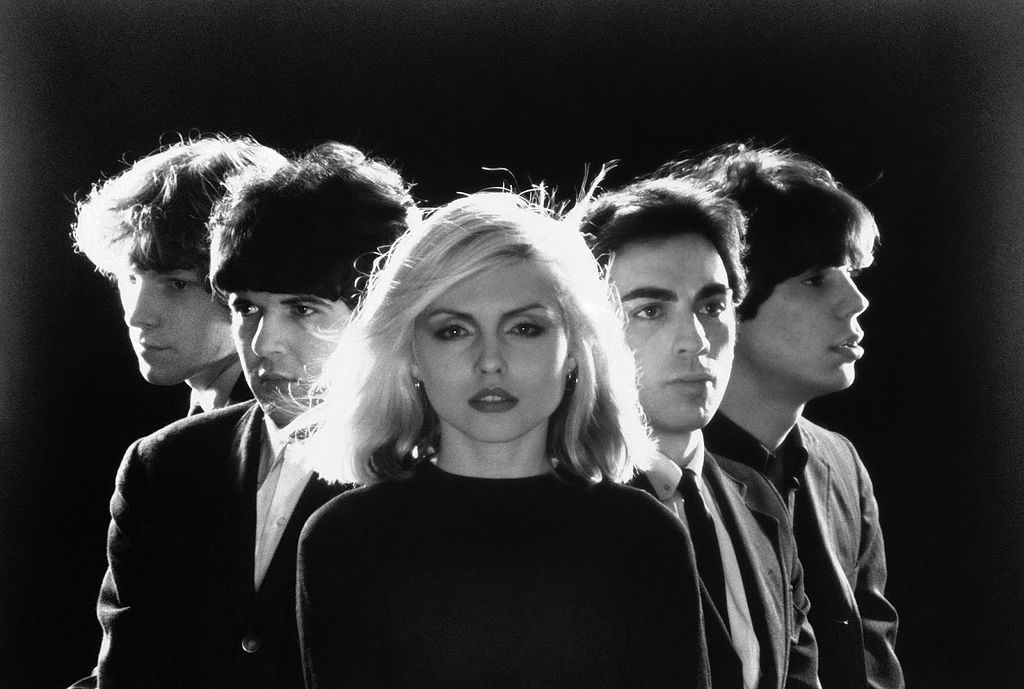It’s incredible to think that music comes in many styles and forms that appeal either to the broader audience or to a particular type of audience.
Rock and pop music have branched out to different styles, including new wave. New wave emerged onto the music scene during the late 1970s and early 1980s. Taking its name from the French New Wave art film movement during the 1950s and 1960s, this catch-all categorization was defined in opposition to punk (which was generally more raw, rough, “angsty,” and political) and “corporate” mainstream rock (which new wave founders and fans considered as complacent and creatively dormant).
New wave and punk – same basic principles but different approaches
New wave was initially introduced as an offshoot of punk. The basic principle behind new wave was the same as that of punk – that anyone could start a band. Both punk and new wave also share the same “do-it-yourself” (DIY) philosophy. Like punk, new wave possessed the irreverence and individuality of the musical acts of this genre. However, the influences of new wave were entirely different from that of punk. Combining the lighter strains of 1960s pop, 1950s fashion and futuristic-sounding, computer-driven instrumentations, new wave was poised as more radio-friendly and commercially accessible than punk.
While punk has an abrasive, aggressive and nihilistic attitude, new wave displays an indifferent, quirky and humorous approach. Punk music has a strong political connection, while new wave generally does not. New wave also presents a distinctive visual style known for its quirky fashion sense.
New wave in the UK and US
In the United Kingdom, the term “new wave” became standard for bands emerging from the underground rock scene. Many historians have claimed that new wave found its roots in the UK in 1976 when many bands started to disassociate themselves from punk. That same year, the term “new wave” began to be picked up by several UK publications, from music fanzines to established music weeklies such as Melody Maker and NME. The short-lived British “pub rock” scene ultimately became the source of several commercially successful new wave acts, such as Ian Dury and Nick Lowe. Other popular UK new wave acts included Elvis Costello, Graham Parker, XTC, Madness, and the Specials, Human League, Culture Club, and Duran Duran.
In the United States, radio stations, record labels and music venues began using the term “new wave,” thinking that labeling the music as “punk” would negatively affect sales. Some of the first bands to play the now-defunct CBGB in New York City under the tag “new wave” included Blondie and The Talking Heads. This broad spectrum of new wave in the US also included The B-52s, Jonathan Richman and the Modern Lovers, The Go-Go’s, and The Cars.
New wave reaching its peak of popularity
Starting in the late 1970s, acts associated with punk and punk mixed with other genres (from synth-pop to ska) began to make chart appearances and receive airplay in several radio stations and disco clubs.
New wave couldn’t have come at a better time. During new wave’s nascent years, MTV was launched in 1981, inaugurating with its first-ever music video, which was ominously titled “Video Killed the Radio Star” by new wave act The Buggles. Afterwards, the network heavily promoted several new wave acts on its channel, which further boosted the genre’s popularity.
Compared to their American counterparts, British new wave artists fared much better in this scene, at home and in many other parts of the world, including the US. This is largely due to the fact that British new wave acts had learned to make innovative music videos early on to promote their music (even in pre-MTV days) and were able to outmarket and outsell American new wave artists. Devo, a band that was formed in Akron, Ohio, in 1973, was also becoming very popular in the United States during the late 1970s and early 1980s. To know more about this band, you can read our article, Learn More About Devo, An Influential New Wave Band in the 80s.
Decline and legacy
Like many other popular musical genres, new wave began to receive backlash, and a counter-culture began that paved the way for the “hair metal” music of the mid- to late 1980s, and grunge in the 1990s.
Regardless of what new wave has come to define, it’s easy to see why this genre was so popular – and still is. Music by acts like The Cure, Duran Duran, Depeche Mode and others has remained popular among adults and young people alike. Today’s bands and other musical acts – mostly from the indie scene – have been influenced by these new wave artists. Indie rock, alternative rock and various incarnations of electronic music and dance music have been influenced by new wave in one way or another.
